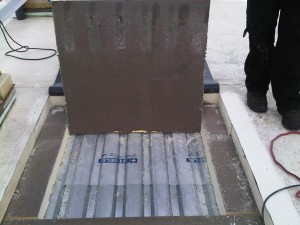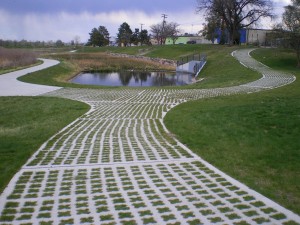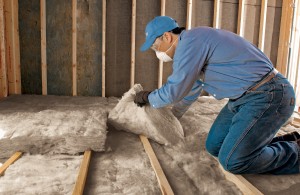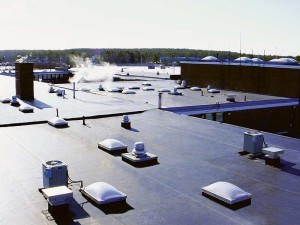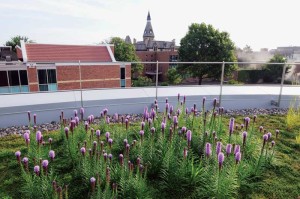As more research and information is available on the impact of white versus black roofs based on geographic location, it is increasingly important that architects, specifiers, engineers and design professionals are educated on the effects of white roofing membranes in colder northern climates.
+ Read More
|
The U.S. Environmental Protection Agency (EPA) estimates stormwater runoff is responsible for 70 percent of all water pollution in lakes, rivers, and creeks. When developers use conventional methods such as impervious surfaces, stormwater is often left uncontrolled.
+ Read More
|
Designers have long used cross-ventilation to minimize the potential for moisture accumulation and condensation in attics and crawl spaces. However, unvented attics have become popular in both residential and commercial applications, pushed by emerging claims of energy savings and moisture control.
+ Read More
|
Designers have long used cross-ventilation to minimize the potential for moisture accumulation and condensation in attics and crawl spaces. However, unvented attics have become popular in both residential and commercial applications, pushed by emerging claims of energy savings and moisture control. While these ‘new-style’ attics can be successfully used...
+ Read More
|
Designers have long used cross-ventilation to minimize the potential for moisture accumulation and condensation in attics and crawl spaces. However, unvented attics have become popular in both residential and commercial applications, pushed by emerging claims of energy savings and moisture control.
+ Read More
|
When replacing a roof, it has generally been good practice to tear off the existing assembly and replace it with new material. However, this is beginning to change. Simply getting rid of an older roof may not be the best choice for the building owner or the environment.
+ Read More
|
Traditionally, roof coatings were used when building owners desired a rooftop that was not a standard black or gray. Increasingly, however, owners are looking to roof coatings to provide additional functions, such as reflectivity, extended service life, and reduced maintenance or replacement costs.
+ Read More
|
The new Anderson Center at Hamline University in St. Paul, Minnesota, welcomed students this September with a 167-m2 (1800-sf) vegetated green roof. This elevated ecosystem project is part of the building development that has become the official entrance to the campus.
+ Read More
|
|
|


